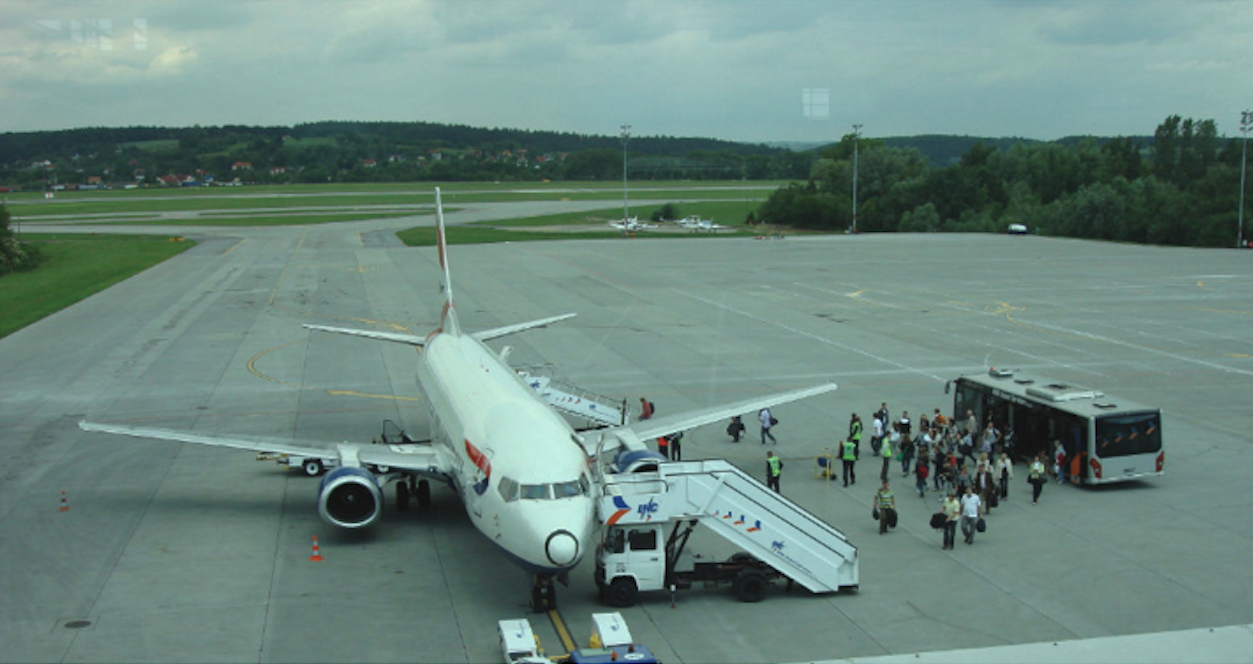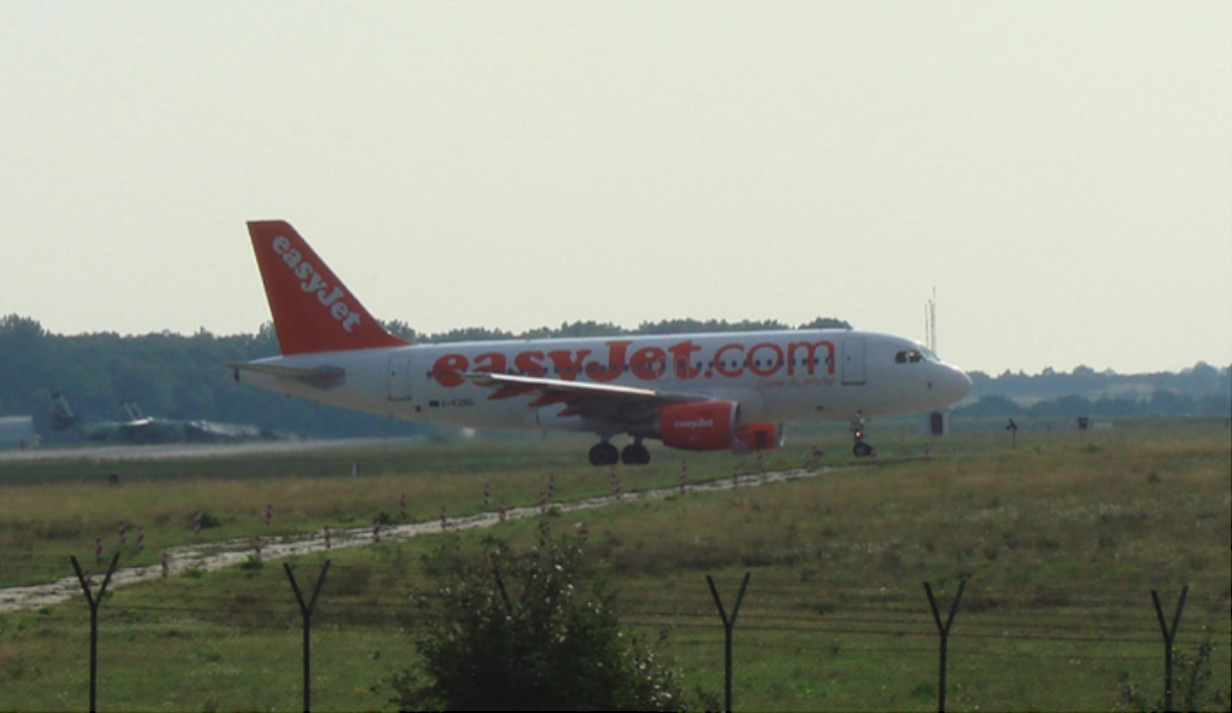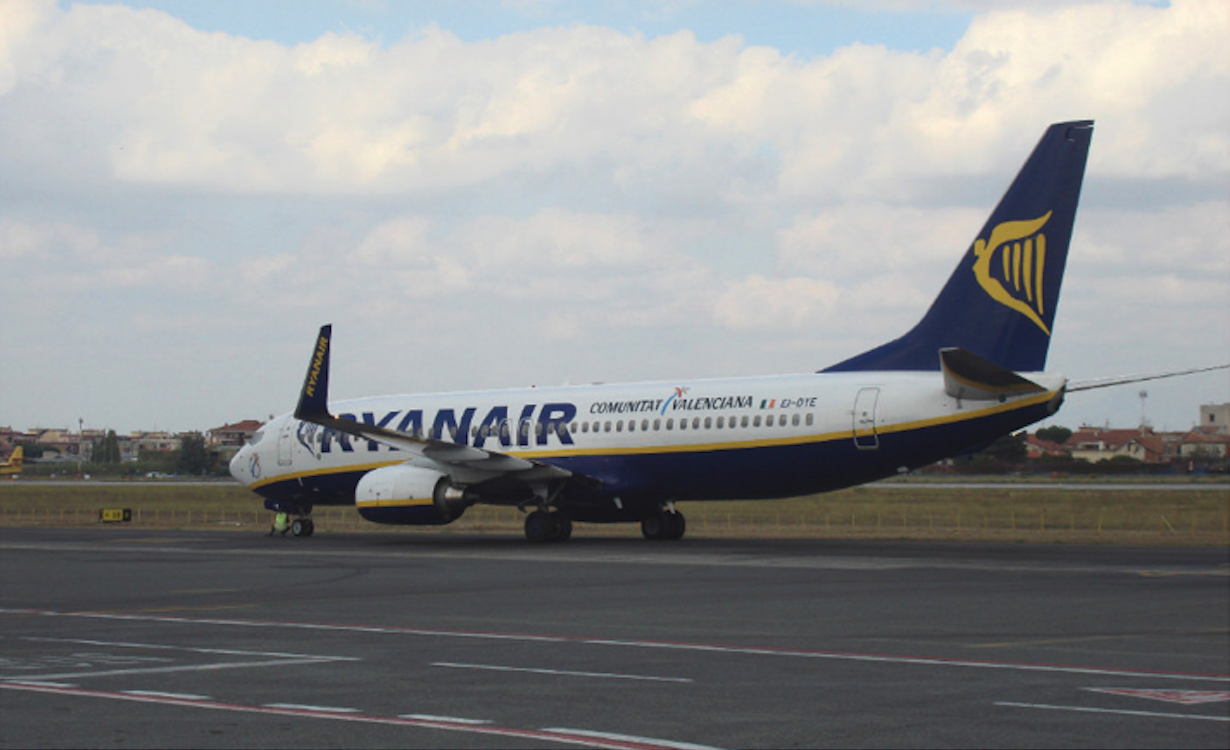Kraków 2017-03-02
How does the weather affect air travel?
Part 1.
In the 1950s, the term fighter aircraft operating in all weather conditions appeared. The fact that the above statement is not true we will try to present in this text, although we want to draw attention to commercial flights more. This is because airmen in combat aircraft must show impeccable health, and in addition they undergo long and difficult training. On the other hand, a passenger boarding a commercial plane does not even have to present a medical certificate that he or she can fly.
From time to time, this type of information appears in the press and on television; On August 12, an X line plane flying from A to B (e.g. from Boston to Sacramento, California) was in severe turbulence. 22 passengers were injured. As a result of the strong shocks, the flight attendant suffered a concussion and a neck injury. The plane landed safely, but its return flight was canceled. The ABC station informs about the event. Such situations are extremely rare, but they do occur.
Turbulence arouses fear, and often fear. They are sometimes one of the main reasons why some people never get on board. Even people who fly frequently have some concerns, because none of us like the shocks and vibrations of the plane, being several thousand meters above the ground.
But we won’t start explaining now; what turbulence is, because it is a jump into deep water without preparation. Therefore, we will start with the story. In fact, research on turbulence in flight began in the late 1950s, when jetliners: Boeing B707, Douglas DC-8, Convair CV-660 and others became widely introduced to commercial aviation. Until now, commercial aircraft have flown at speeds of 300-400 mph and altitudes of up to 20,000 ft (6,096 m). Airplanes often shook heavily, and passengers sometimes used handbags. With the start of the jet era, the airline convinced passengers that planes now fly faster and higher, and that the flight is remarkably smooth. You can arrange houses of cards on board, and the champagne from the glass will not spill out. They themselves were not fully aware of what the new type of commercial transport would bring. And the problem wasn’t with the turbulence itself.
Spirit Roll phenomenon.
The new jetliners received oblique wings, which allowed for a cruising speed of 600 mph (965.61 km / h). However, the oblique wings clearly revealed the Duch Roll phenomenon, which practically did not occur in straight wing airplanes. The phenomenon occurs during flight and consists in the fact that after completing the turn, when the pilot has already taken a new course, the tail of the plane may begin to "sweep" and the plane begins to sway from side to side with a bank of +/- 10 degrees. The Boeing company already had extensive experience with this phenomenon, due to the operation of B-47 and B-52 bombers. Therefore, an automaton was developed that stabilized these unfavorable movements. These automatons were also used in jetliners.
Wave resistance.
Another problem was the local exceeding of the speed of sound on the wings and tail, due to the flight at a speed of about 800-900 km / h. The slanted wings allowed us to get closer to supersonic speed, but also revealed new undesirable phenomena. One of them is wave resistance. Due to the fact that the wing near the fuselage is much wider, here the speed of sound is locally exceeded first, and as a result the wing loses some lift. At the end of the wing, this phenomenon is not present yet, because the wing is narrower here. As a result, a lever is created, the result of which is to lower the nose of the aircraft down. To overcome this tendency, the designers developed a "floating" horizontal tail. It consists in the fact that during the flight you can change the angle of the horizontal tail depending on the flight conditions. And this solution works.
Mid-pressure wandering.
Another thing is the center of pressure. The center of pressure is a virtual point that perfectly coincides with the center of gravity of the plane. This is until the plane is flying at maximum speed. Then the center of gravity (facing downwards) remains in place, and the center of pressure (facing backwards) slightly goes backwards. A lever appears and the plane tilts its nose down. This phenomenon is counteracted by a "floating" horizontal tail. The Concord plane uses fuel shifting between tanks to balance the plane. In addition, it is very important that the distribution of passengers and goods on board is as even as possible.
We have not yet fallen into turbulence, and we already have some undesirable phenomena. The FAA made sure that jetliner crews were as trained as possible. Therefore, crews were ordered to practice extreme airborne situations. Among other things, the aircraft’s rollover from the heel to the wing of 90 degrees, which does not occur (should not occur) in a scheduled flight. The crew was trained to pilot airplanes with all stabilizers, steering system amplifiers and autopilot turned off. But when several catastrophes occurred on school flights, it was somewhat relieved, and extreme situations were practiced at much higher altitudes.
However, there were more scheduled flight disasters. Fortunately, the planes already had black boxes (flight recorders) and the sacrifice of passengers and crews was not wasted. NACA-NASA was involved in the cooperation and the phenomena occurring at the altitude of 6,000 – 12,000 m began to be looked at more closely. It was then found that the external forces acting on the plane can be from every possible side, and of considerable value.
Continued in the next chapter.
Written by Karol Placha Hetman



